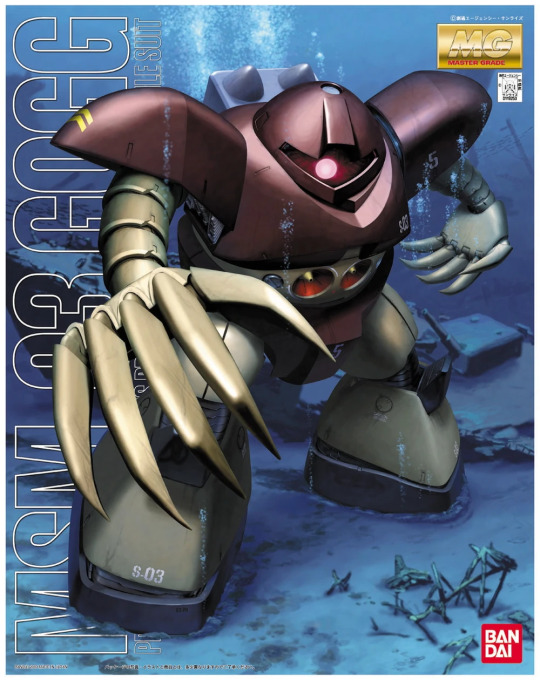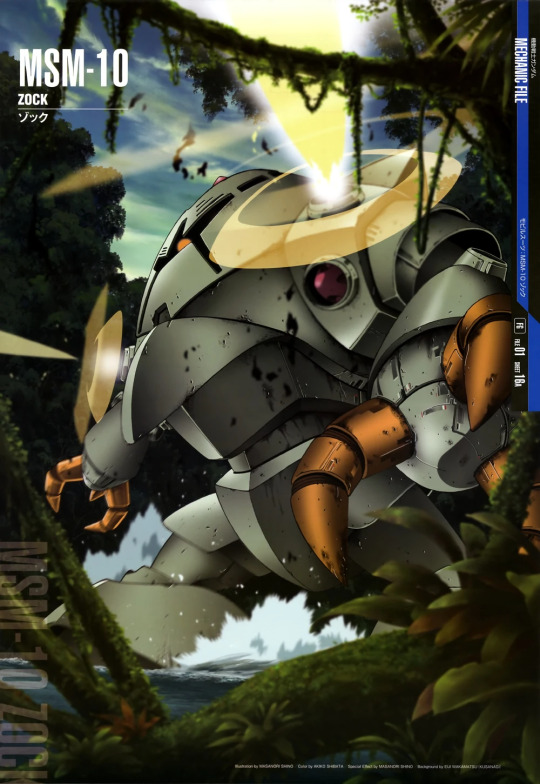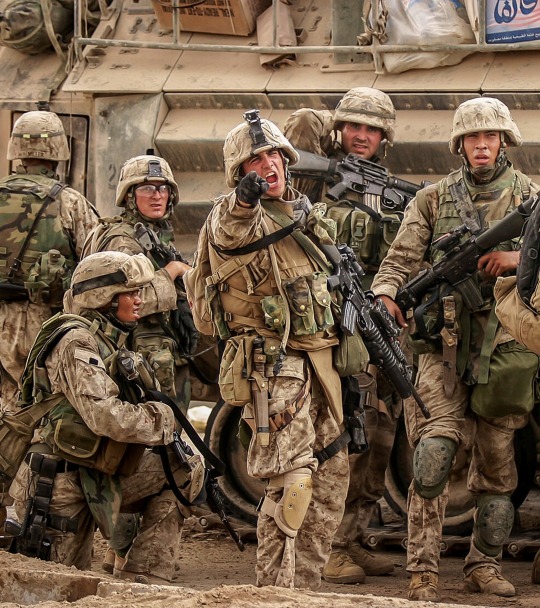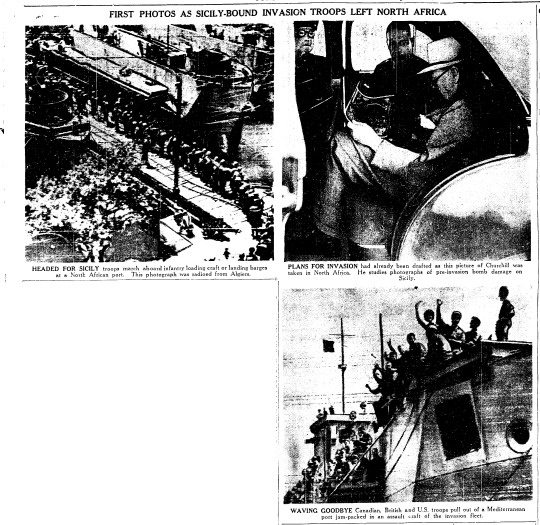#Amphibious Operations
Explore tagged Tumblr posts
Text

Slightly submerged at the Amphibious Training Base, Fort Pierce, Florida, 13 July 1944. He is wearing a light weight external air hose mask. Photographed by PhoM Leo Beberian
5 notes
·
View notes
Text
Hilarious that Zeon went to the trouble of making like a dozen different kinds of amphibious mobile suits in the One Year War, only for Axis in ZZ to just use Zakus underwater.







#mobile suit gundam#zz gundam#double zeta gundam#zeon#axis zeon#neo zeon#submarine#amphibious operations#littoral combat#mecha#real robot#anime
21 notes
·
View notes
Text
Exercise Tiger: The Forgotten Tragedy of D-Day Rehearsals
As the Allies prepared for the momentous D-Day landings in 1944, a critical rehearsal was conducted to simulate the real invasion of Normandy. Known as Exercise Tiger, this training exercise became a forgotten chapter in World War II history due to the devastating loss of life it incurred and the secrecy surrounding the incident. However, its impact on the success of the D-Day invasion is…
#amphibious operations#D-Day#Exercise Tiger#German E-boats#military history#naval warfare#Normandy Invasion#Slapton Sands#wartime tragedy#World War II
0 notes
Text
youtube
#youtube#22nd MEU#RAS#USMC#IWO ARG-22ND MEU#ARGMEUEX#RESUPPLY#22nd Marine Expeditionary Unit#Marine Expeditionary Unit exercise#Amphibious Ready Group#military readiness#evacuation operation#amphibious operations#defense operations#Iwo Jima#North Carolina#Marine Corps#non-combatant evacuation#combat readiness#Marine Expeditionary Unit#May 2025#MARINES STORM ASHORE in Realistic Disaster Drill!#tactical exercise#evacuation drill#simulated operation
0 notes
Link
The article titled "PT Boats — The U.S. Navy Mosquito Fleet" explores the historical significance of the United States Navy's Patrol Torpedo (PT) boats during World War II. Author Peter Suciu outlines how these small, fast warships became a crucial part of the Navy's expansion, which grew from 790 ships in 1941 to an unrivaled 6,768 by 1943. The PT boats, famously linked to then-Lt. John F. Kennedy, were armed with torpedoes and machine guns, and primarily served in both the Pacific and European theaters to harass and provide reconnaissance in enemy-occupied areas. Developed as a response to the need for swift-moving boats, variants were produced by companies like Elco, Higgins, and Huckins. These boats were adaptable, efficient in battle, and played diverse roles, from engaging in direct combat to rescuing downed pilots. By the war's end, nearly 800 PT boats had been produced, though only around a dozen remain today due to high upkeep and operational costs. The article emphasizes their enduring legacy, notably the heroics of JFK and the PT-109, underscoring the impact these boats had on naval warfare.
#U.S. Navy#PT Boats#World War II#Elco#Higgins#Vosper#torpedo boats#Pacific theater#Atlantic theater#John F. Kennedy#20mm Oerlikon cannon#General Electric#Packard Motors#radar technology#PT-109#amphibious operations#patrols#Royal Navy#South Pacific#stealth#U.S. Naval Institute#Douglas Munro#Battle of the Atlantic#German U-boats.
0 notes
Text

Temporarily halting his squad behind the relative shelter of an Amphibious Assault Vehicle, Cpl. Anthony Cucchiara of Kilo Company, 3rd Battalion, 1st Marine Regiment, shouts across the street to know the situation of the other members of his platoon, during Operation Phantom Fury, on November 12, 2004.
Kilo Company pushed south on the main thoroughfare through Fallujah, designated Route Henry, where they encountered the heaviest resistance since the assault began four days prior.
(Photo by: Lucian Read)
#usmc#us marines#infantry#grunts#fallujah#operation phantom fury#urban combat#amphibious assault vehicle#miltary
167 notes
·
View notes
Text
Experience US Navy Ships in Vishakhapatnam | Tiger Triumph
Join us on an exclusive tour inside US Navy ships. Explore the USS Comstock and the USS Ralph Johnson docked in Vishakhapatnam for Tiger Triumph 2025. Discover amphibious operations, defense collaborations, and cultural exchanges between India and the USA. Inside Two Mighty US Navy Ships in Visakhapatnam: A Day of Exploration and Honor Today, an extraordinary experience unfolded in the vibrant…
#amphibious operations ship#defense collaboration India USA#humanitarian operations navy#military ship tour India#Tiger Triumph 2025#US Navy amphibious exercise#US Navy and Indian Navy exercise#US Navy destroyer ship#US Navy India cooperation#US Navy ship visit#USS Comstock tour#USS Ralph Johnson tour#Visakhapatnam port#Vishakhapatnam Navy exercise#Vishakhapatnam tourist attractions
0 notes
Text
Basic equipment for amphibious landing operations
1 note
·
View note
Text
80 years on, Britain guarantees to 'all the time keep in mind' D-Day
By Dylan Martinez and Elizabeth Pineau PORTSMOUTH/SAINT-LO (Reuters) – Britain paid tribute on Wednesday to those that took half in D-Day, promising to “all the time keep in mind” the sacrifices made by the Allied troopers who invaded France by sea and air to drive out the forces of Nazi Germany. With company waving British flags, appearances from veterans, recollections and readings – and a few…
View On WordPress
0 notes
Text

"FIRST PHOTOS AS SICILY-BOUND INVASION TROOPS LEFT NORTH AFRICA," Toronto Star. July 22, 1943. Page 3. ---- HEADED FOR SICILY troops march aboard infantry loading craft or landing barges at a North African port. This photograph was radioed from Algiers.
PLANS FOR INVASION had already been drafted this picture of Churchill was taken in North Africa. He studies photographs of pre-invasion bomb damage on Sicily.
WAVING GOODBYE Canadian, British and U.S. troops pull out of a Mediterranean port jam-packed assault craft of the invasion fleet.
#world war ii#invasion of sicily#italian campaign#amphibious invasion#amphibious landing#combined operations#battle of sicily#allied armies#winston churchill#operation husky#north african campaign#algiers
1 note
·
View note
Text
That's an arcane Gong-tau golem spell ritual for a Zero innit

Japanese decoy plane on Ie Shima, Okinawa. 1945
#1 april 1945 Okinawa was the largest amphibious assault of the Pacific Theater since they didn't end up invading the Japanese home islands#operation downfall
25 notes
·
View notes
Text


D-Day - 6 June 1944 'Was the largest amphibious invasion in the history of warfare. The statistics of D-Day, codenamed Operation Overlord, are staggering. The Allies used over 5,000 ships and landing craft to land more than 150,000 troops on five beaches in Normandy. The landings marked the start of a long and costly campaign in north-west Europe, which ultimately convinced the German high command that defeat was inevitable.' Thank you to all those who served!
167 notes
·
View notes
Text
Thou shalt not bioengineer a beast in imitation of the human tongue. Thou shalt not manufacture a living facsimile tongue for hedonistic reasons. This shalt not modify the genome of the sea cucumber to produce an autonomous tonguelike being whose only earthly desire is to make you squirm with pleasure. Thou shalt not indulge in the perverse art of cybernetically augmenting the brain of what was once a skink with a sophisticated synthetic “pleasure lobe”. Thou shalt not cut the tongue from your mouth and replace it with a detachable amphibious bionic drone that retains vestigial eyes and gills. Thou shalt never operate an illegal tongue breeding facility and lounge out of the basement of an icecream parlor in Reykjavik Iceland. Thou shalt not shake with excitement at the prospect of french kissing what is technically a species of freshwater leech whose skin bears clusters of taste receptor cells and is patterned like that of a poisonous salamander. Wink
306 notes
·
View notes
Text
beating my head against the walls in Latine
here's eight things that atp will have me immediately closing out of any fic, AleRudy edition:
1.
❌ "the los vaqueros"
ah yes the famed and feared las almas battalion of Mexican special forces. the the cowboys
✅ "los vaqueros"
✅ "the vaqueros"
2.
❌ "the los vaqueros base"
✅ "los vaqueros' base"
✅ "the vaqueros' base"
3.
❌ "corporal alejandro vargas and sergeant rodolfo parra/major rodolfo parra"
look, fuck the military as an institution and also fuck the devs for using American rank structure for members of the Mexican army but
it takes roughly 2 years in the army to advance to Corporal. the equivalent in the Mexican army is Cabo, and Google will not give me the requirements for it no matter how I ask
it takes 3-6 years to advance to Sergeant. From what I can tell, the Mexican equivalent is also Cabo (where Sargento Segundo is closer to Staff Sergeant)
it takes 10-12 years to advance to Major, the equivalent is Mayor (not the English word mayor like of a city, don't be like those white people)
it takes 22-24 years, a bachelor's degree, and officer school to become a Colonel and it takes 18-20 years and a whole mess of leadership courses nearly equivalent to a degree to become a Sergeant Major
put some goddamn respect on their names
✅ Colonel Alejandro Vargas and Sergeant Major Rodolfo Parra
✅ Coronel Alejandro Vargas and Sargento Primero Rodolfo Parra
4.
❌ Fuerza Especiales
❌ Fuerzas Especiale
this is just not understanding Spanish grammar
✅ Fuerzas Especiales ("Special Forces")
❎ Fuerza Especial ("special force")
5.
❌ Sin Nombre ("without name")
Alejandro literally corrects Soap on this one in the game
✅ El Sin Nombre ("The Nameless")
6.
❌ "Alejandro Vargas, leader of Mexican Special Forces"
the leader of Mexican Special Forces is the Secretaría de la Defensa Nacional - the Secretary of Defense - and Fuerzas Especiales is composed of three brigades, 74 independent battalions (like Los Vaqueros), 36 amphibious special operations groups. Colonels command single brigades at most.
Alejandro is capable of leading Mexican Special Forces, but it would require him to retire from the field and get more of a desk job, with far more politics than I think he'd have patience for
✅ "Alejandro Vargas, leader of Los Vaqueros - a battalion of Fuerzas Especiales stationed in Las Almas"
7.
❎ "our ancestors, the Aztecs"
look, indigenous identity is weird sometimes and I don't know enough specifics about the culture around it in Mexico to have a solid opinion, but I'm also very fucking tired of people thinking the only indigenous groups in Mexico are the Nahua (Aztecs) and Maya. if they're on the Texas border and their families have always lived there, their heritage is most likely seven different Apache nations/language groups in a trench coat with some Spanish conquistador on the side. they're most likely not related to any famous indigenous chiefs or other figures, but it's very possible they can trace their Spanish ancestry back directly to nobility
for example, I am related to absolutely none well-known Tsalagi or Kwikipa people as far as I'm aware, but I am a direct descendant of the brother of King Ferdinand the Catholic, which also means I'm a direct descendant of the guy who started the Inquisition (and now I'm Jewish (and pro-Palestine for those who want to know) so take that, colonizer)
also while Bayardo is Mexicano, Alain is Cubano, please be respectful when talking about the actors or when in their instagram lives and just. don't make assumptions y'all
8.
❎ "Los Vaqueros" is a nickname from the people of Las Almas, the battalion's actual name that is on all the paperwork and dog tags is more likely numerical or describing their role/location - like "11th Battalion" or "The Borderline Battalion" or something like that. maybe even both, like "The 11th Border Battalion"
#/incoherent noises/#call of duty#rodolfo parra#alejandro vargas#alerudy#bayardo de murguia#alain mesa#cod mwii#fandom critical#writing tips
577 notes
·
View notes
Text
youtube
#youtube#airfield seizure#defense collaboration#security cooperation#air mobility#combat readiness#Pacific partnership#amphibious operations#KAMANDAG#joint training#Marine Corps#Philippine Marines#training drills#military strategy#military aviation#VMM-364#armed forces#united states marine corps#US and Philippine Forces Seize Airfield in KAMANDAG 9 Exercise
0 notes
Link
The article by Richard Johnson on "The Armory Life" explores the history and significance of the Martin PBM Mariner, a versatile twin-engine flying boat used by the U.S. Navy in World War II and the Korean War. Known for its role in anti-submarine patrols and transporting supplies, the PBM Mariner could carry up to twelve 50-caliber machine guns and substantial bomb loads, significantly contributing to naval warfare. Johnson recounts the harrowing experiences of flight engineers like Herbert “Johnny” Johnson and highlights the aircraft's unique capabilities, such as being able to take off and land on water and utilize Jet-Assisted Take-Off (JATO) canisters. The article also notes the PBM's use in Dumbo missions, rescuing stranded pilots, and its deployment by various Allied countries, emphasizing its pivotal contributions to military operations over decades.
#Martin PBM Mariner#World War II#seaplanes#amphibious aircraft#United States Navy#Glenn L. Martin Company#anti-submarine warfare#maritime patrol#search and rescue#PBM-3#PBM-5#Curtis Wright R-2600 engines#radar systems#armament configurations#aircraft production#operational history#Madeline VIII.
4 notes
·
View notes